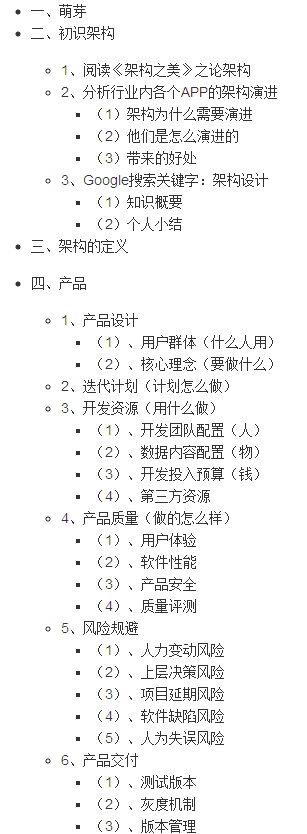I'm trying to annotate points plotted with the points3d() function using mayavi.mlab. Each point is associated with a label which I would like to plot next to the points using the text3d() function. Plotting the points is fast, however the mlab.text3d() function does not seem to accept arrays of coordinates, so I have to loop over the points and plot the text individually, which is very slow:
for i in xrange(0, self.n_labels):
self.mlab_data.append(
mlab.points3d( pX[self.labels == self.u_labels[i], 0],
pX[self.labels == self.u_labels[i], 1],
pX[self.labels == self.u_labels[i], 2],
color=self.colours[i],
opacity=1,
scale_mode="none",
scale_factor=sf ) )
idcs, = np.where(self.labels == self.u_labels[i])
for n in idcs.flatten():
mlab.text3d( pX[n, 0],
pX[n, 1],
pX[n, 2],
"%d" % self.u_labels[i],
color=self.colours[i],
opacity=1,
scale=sf )
Any ideas how I could speed this up? Also, is it possible to add a legend (as for instance in matplotlib), I couldn't find anything in the docs.
Thanks,
Patrick



